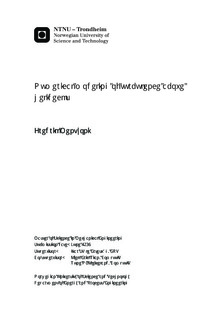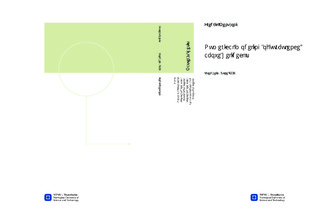| dc.description.abstract | New regulations in the second edition of NORSOK Standard C-004, released in May 2013, require the use of a Reynolds stress transport model for numerical simulations of turbulence above helidecks on the Norwegian continental shelf. To ensure safe flying conditions, maximum bounds are given on the standard deviation of the vertical velocity component above the helideck. Two Reynolds stress transport models, as well as simpler models based on the turbulence energy, are compared in numerical simulations of structure induced turbulence on a simplified offshore rig with a helideck, using the computational fluid dynamics package STAR-CCM+. In addition to helideck simulations, three test cases are simulated for validation and verification with experimental measurements, DNS, and simulations by others.The Reynolds stress transport models do not outperform the turbulence energy transport models in the validation and verification simulations. The vertical Reynolds stress component is typically underestimated compared to experimental measurements, while the turbulence energy transport models typically overestimate the vertical Reynolds stress component. The same tendencies are found in the helideck simulations, the predicted magnitude of the vertical Reynolds stress component is smaller with the Reynolds stress transport models. The turbulence criteria in NORSOK Standard C-004 could have been based on the turbulence energy instead of the standard deviation of the vertical velocity component. The turbulence energy is half the sum of the velocity variances, hence it includes turbulence in all directions. Calculations of the turbulence energy are less sensitive to the modeling of redistribution in Reynolds stress transport models and the constitutive relation in turbulence energy transport models. Using turbulence energy to assess structure induced turbulence above offshore helidecks, may therefore reduce differences between different turbulence models, thus increase confidence in simulation results. | nb_NO |

